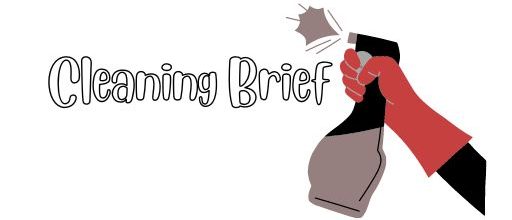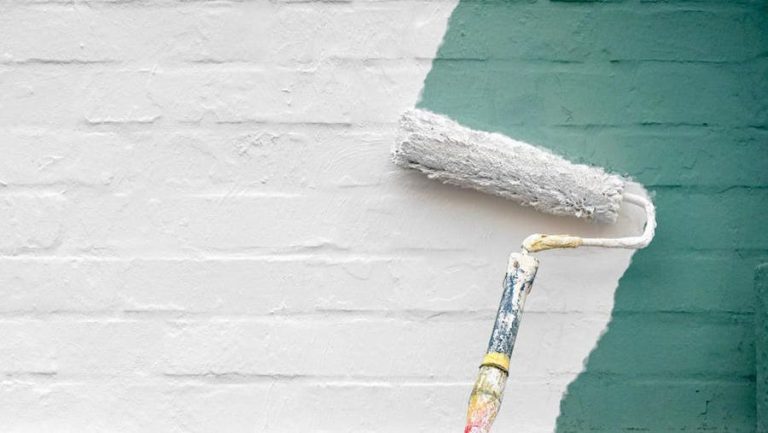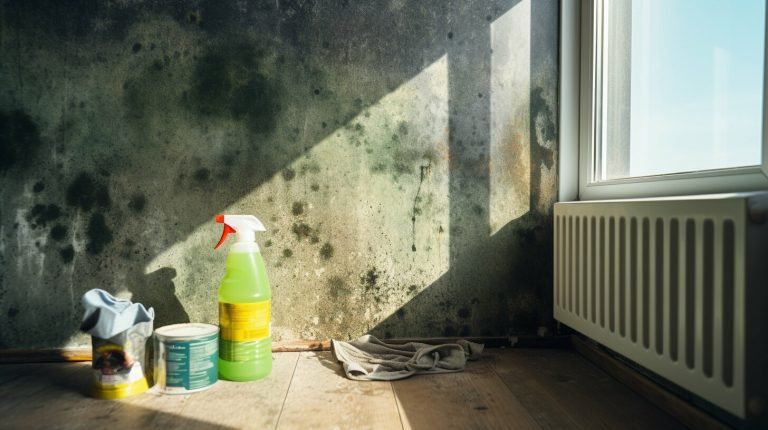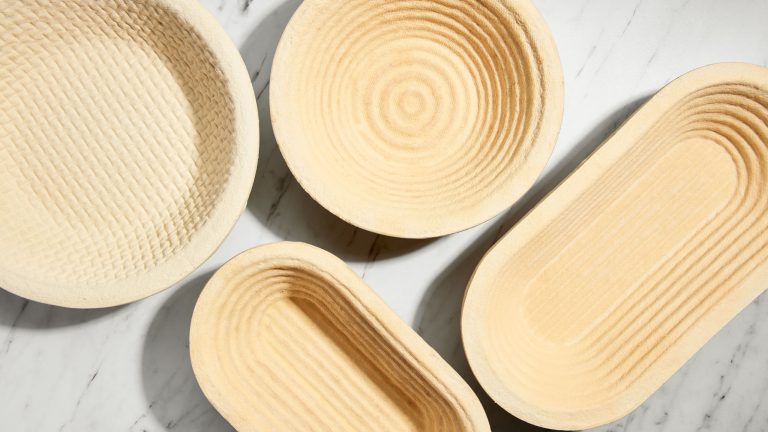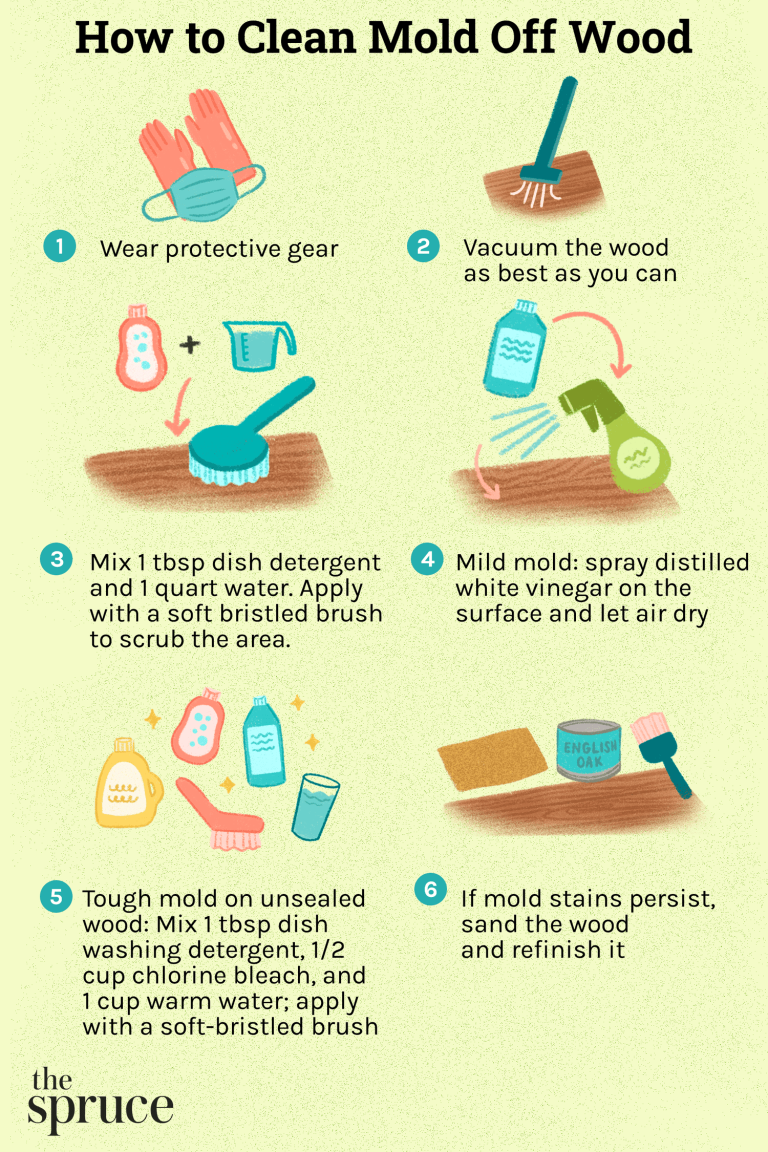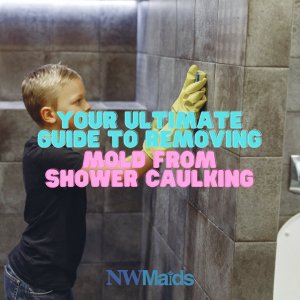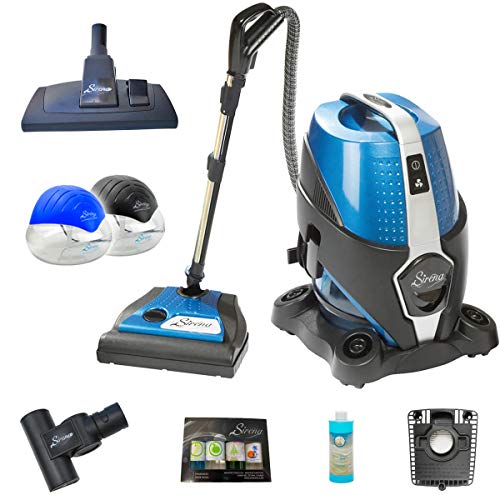How to Clean Mold in Washer Machine: Ultimate Guide for Spotless Laundry
To clean mold in a washer machine, use a mixture of bleach and water. Mix one cup of bleach with a gallon of water and run a cycle with this solution.
Cleaning mold in a washer machine is essential for maintaining its efficiency and preventing the growth of harmful bacteria. Mold can accumulate in damp areas of the machine, leading to unpleasant odors and potential health hazards. To ensure a clean and sanitized washer, it is important to regularly clean and disinfect it.
While there are various methods to tackle mold in a washer, using a mixture of bleach and water proves to be a highly effective and efficient solution. By following a few simple steps, you can eradicate mold from your washer machine, promoting a healthier environment for your laundry and prolonging the lifespan of your appliance.

Credit: fcdrycleaners.com
Identifying The Problem
Mold in the washer machine can be a common problem that many people face. It not only causes an unpleasant odor, but it can also lead to health issues if left untreated. In order to get rid of the mold, it is important to first identify the problem. This includes recognizing the signs of mold and understanding the source behind it. In this blog post, we will discuss how to identify the problem of mold in your washer machine and take necessary steps to clean it effectively.
Recognizing The Signs Of Mold
To effectively clean mold in your washer machine, it is essential to first recognize the signs of its presence. Here are some common signs that indicate the presence of mold:
- Visible growth: One of the most obvious signs is seeing black, green, or brown patches or specks on the rubber seals, detergent dispenser, or inside the drum of your washer machine.
- Musty smell: If your washer machine emits a musty odor, even after a wash cycle, it could be an indication of mold growth.
- Allergy symptoms: Mold spores can trigger allergic reactions in some individuals. If you or your family members experience symptoms like sneezing, coughing, or watery eyes when using the washer, it could be due to mold.
Understanding The Source Of Mold
Once you have recognized the signs of mold in your washer machine, it is important to understand the source behind its growth. By identifying and correcting the source, you can prevent future mold growth. Here are some common sources of mold in washer machines:
| Source | Explanation |
|---|---|
| Excess moisture | If the washer machine is not properly ventilated or if water is left stagnant for an extended period, it creates a moist environment that promotes mold growth. |
| Detergent residue | Buildup of detergent residue can provide a feeding ground for mold spores, leading to its growth. |
| Leaking pipes or hoses | Leakage from pipes or hoses connected to the washer machine can create a damp environment, which is ideal for mold growth. |
By understanding the source of mold growth in your washer machine, you can take necessary steps to prevent its recurrence and ensure a clean and odor-free laundry experience.
Preventive Measures
Preventing mold in your washer machine is essential to maintain both the cleanliness of your laundry and the longevity of your appliance. By following a few simple preventive measures, you can ensure that mold does not become a recurring issue. Here are some effective steps you can take:
Regular Cleaning Routine
Establishing a regular cleaning routine is crucial in preventing mold growth in your washer machine. By cleaning your machine on a monthly or quarterly basis, you can effectively remove any potential mold spores and buildup. Here’s a step-by-step guide to follow:
- Start by unplugging your washer machine to ensure safety.
- Remove any visible debris or lint from the drum and around the seals.
- Fill a bucket or basin with warm water and add a cup of white vinegar.
- Dip a clean cloth or sponge into the vinegar solution and wipe down the entire interior of the machine, including the drum, agitator (if applicable), and seals.
- Pay special attention to areas prone to mold growth, such as the rubber seals and detergent dispenser.
- After wiping down the interior, use a clean cloth dampened with plain water to remove any residual vinegar.
- For a thorough cleaning, run an empty cycle on the hottest setting with a cup of chlorine bleach or hydrogen peroxide. This will help eliminate any remaining bacteria or mold spores.
- Once the cycle is complete, leave the lid or door open to allow the interior of the machine to dry completely.
- After drying, reassemble any removable parts and plug the machine back in.
Proper Ventilation
Proper ventilation is another essential preventive measure to keep mold at bay in your washer machine. By ensuring adequate air circulation, you can effectively minimize the moisture levels inside the machine and reduce the risk of mold growth. Here are a few tips to enhance ventilation:
- Leave the washer machine door or lid open between uses to allow air to circulate and moisture to evaporate.
- If your machine is located in a confined space, consider using a fan or opening a window nearby to improve air circulation.
- Check that the washer machine’s external vents are clear of obstructions or lint buildup.
- Regularly inspect and clean the washer machine’s drain hose to prevent clogs and excessive moisture.
By incorporating these preventive measures into your washing machine maintenance routine, you can effectively keep mold growth at bay and ensure that your laundry always comes out fresh and clean.
Cleaning Process
Cleaning mold in the washer machine is essential for maintaining a healthy and hygienic home environment. To ensure your washer machine is free from mold and mildew, following a thorough cleaning process is crucial. By adhering to the step-by-step cleaning instructions and gathering necessary supplies, you can effectively eliminate mold and prevent its recurrence.
Gathering Necessary Supplies
Before initiating the cleaning process, it is imperative to gather the necessary supplies required to tackle the mold in your washer machine. The following table outlines the essential supplies needed for this task:
| Supplies | Description |
|---|---|
| Bleach | Anti-fungal properties to eradicate mold |
| Vinegar | Natural mold inhibitor and deodorizer |
| Bucket | For mixing cleaning solutions |
| Gloves | Protection from cleaning chemicals |
| Toothbrush or Scrubbing brush | For scrubbing mold from hard-to-reach areas |
| Cloth or Sponge | For wiping and scrubbing surfaces |
| Hot Water | For diluting cleaning solutions |
| Microfiber Cloth | For drying the surfaces |
Step-by-step Cleaning Instructions
- Prepare a cleaning solution by mixing one cup of bleach with one gallon of hot water.
- Fill the washer machine with hot water and add the cleaning solution.
- Start a cycle and run the washer for a few minutes to allow the cleaning solution to mix and circulate.
- Pause the cycle and let the solution sit for at least an hour to effectively kill the mold.
- After an hour, resume the cycle and let it complete its full run.
- Once the cycle is complete, wipe the insides of the washer machine with a cloth soaked in vinegar solution to neutralize any remaining mold spores.
- Use a toothbrush or scrubbing brush to scrub any stubborn mold deposits in hard-to-reach areas.
- Rinse the washer machine by running a plain water cycle to remove any remaining traces of cleaning solutions.
- Dry the washer machine thoroughly with a microfiber cloth before using it again.
Maintenance Tips
To clean mold in your washer machine, begin by running a hot water cycle with vinegar, then scrub the moldy area with a mixture of baking soda and water. Afterward, wipe the rubber seal with a damp cloth and leave the washer door open to encourage ventilation and prevent mold growth.
Regular maintenance prevents the return of mold.
Maintenance Tips Proper maintenance is crucial for keeping your washer machine clean and preventing mold growth. By following these maintenance tips, you can ensure a mold-free and efficient washer machine that will last for years to come.Effective Drying Practices
One of the key maintenance tips for preventing mold in your washer machine is to practice effective drying techniques. After each use, it’s important to leave the washer door open for a while to allow the interior to dry completely. This helps to prevent moisture build-up, which can lead to mold growth. Additionally, wiping down the rubber seal and any other areas prone to moisture accumulation with a dry cloth can further aid in drying the machine.Using Mold Inhibitors
Another effective way to prevent mold growth in your washer machine is by using mold inhibitors. These products can be added directly to your laundry during the washing cycle and work by inhibiting the growth of mold and mildew. Look for mold inhibitors that are specifically designed for use in washers, as they are formulated to be effective and safe for both your machine and your clothes.| Benefits of Using Mold Inhibitors: |
|---|
| Prevents mold and mildew growth |
| Keeps your washer machine fresh and odor-free |
| Protects your clothes from mold stains and odors |
Professional Help
Get professional help to effectively clean mold in your washer machine. Discover expert tips and techniques to eliminate mold and prevent it from returning, ensuring a clean and hygienic laundry experience.
When To Seek Professional Assistance
If you have tried all the DIY methods to clean the mold in your washer machine and it still persists, it might be the best time to consider seeking professional help. Professional mold removal experts have the knowledge, experience, and proper equipment to effectively eliminate mold growth in your washer machine. They can accurately assess the extent of the mold infestation and determine the appropriate course of action. Additionally, if you or any of your family members have respiratory issues or allergies, it is crucial to contact professionals who can handle the mold problem safely and effectively.Choosing The Right Service Provider
When choosing a professional service provider for mold removal in your washer machine, it is important to make an informed decision. Here are a few key factors to consider in your selection process:- Experience: Look for a service provider with a proven track record in mold remediation. Their experience indicates their knowledge and expertise in handling mold-related issues.
- Certifications and Licenses: Ensure that the company you choose has the necessary certifications and licenses required for conducting mold removal services. This guarantees that they follow industry standards and are qualified to perform the job.
- Reputation and Reviews: Check the reputation of the service provider by reading online reviews and testimonials. This will give you insight into the experiences of previous customers and help you determine the quality of their services.
- Insurance Coverage: Confirm that the service provider has insurance coverage. This protects you and your property in case of any damages or accidents during the mold removal process.
- Safety Measures: Inquire about the safety measures the service provider follows to protect their workers, your family, and your property during the mold removal process. They should adhere to safety guidelines and use appropriate protective gear.
:strip_icc()/cleaning-tips-how-to-clean-your-home-with-vinegar-01-fbf462dbe68b4f62b8ad61e3fd63b72b.jpg)
Credit: www.bhg.com

Credit: www.freshcleanlaundromat.com
Frequently Asked Questions On How To Clean Mold In Washer Machine
How To Prevent Mold From Growing In The Washer Machine?
To prevent mold growth in your washer machine, make sure to leave the door or lid open after each use to allow for air circulation. Additionally, regularly clean the machine by running a cycle with hot water and vinegar or bleach.
This will help remove any mold or mildew buildup and keep your washer machine mold-free.
What Are The Signs Of Mold In A Washer Machine?
If you notice a musty odor coming from your washer machine or clothes after washing, or if you see black or greenish spots on the rubber seal or inside the drum, these are signs of mold in your washer machine.
It is important to address this issue promptly to prevent further mold growth and potential health problems.
Can I Use Bleach To Clean Mold In The Washer Machine?
Yes, bleach can be an effective solution for cleaning mold in the washer machine. Mix one cup of bleach with hot water and run a full cycle with no clothes. This will help kill any mold spores and remove the mold buildup.
However, make sure to wear gloves and ventilate the area properly when using bleach as it can be corrosive and produce strong fumes.
Conclusion
Keeping your washer machine mold-free is crucial for maintaining a healthy environment in your home. By following the tips and techniques outlined in this blog post, you can efficiently clean and prevent mold in your washer machine. Consistently practicing these methods will help extend the life of your appliance and promote better overall hygiene in your home.
Don’t hesitate to take action and keep your washer machine mold-free!
